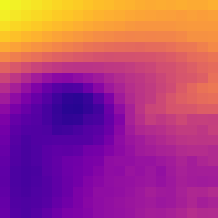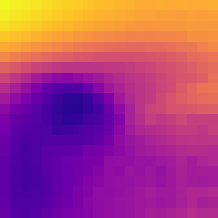We consider the well-studied problem of decomposing a vector time series signal into components with different characteristics, such as smooth, periodic, nonnegative, or sparse. We propose a simple and general framework in which the components are defined by loss functions (which include constraints), and the signal decomposition is carried out by minimizing the sum of losses of the components (subject to the constraints). When each loss function is the negative log-likelihood of a density for the signal component, our method coincides with maximum a posteriori probability (MAP) estimation; but it also includes many other interesting cases. We give two distributed optimization methods for computing the decomposition, which find the optimal decomposition when the component class loss functions are convex, and are good heuristics when they are not. Both methods require only the masked proximal operator of each of the component loss functions, a generalization of the well-known proximal operator that handles missing entries in its argument. Both methods are distributed, i.e., handle each component separately. We derive tractable methods for evaluating the masked proximal operators of some loss functions that, to our knowledge, have not appeared in the literature.
翻译:我们认为,将矢量时间序列信号分解成具有不同特性的部件,如光滑、周期性、非阴性或稀释性等,这是人们深思熟虑的问题。我们提出了一个简单和一般的框架,其中将部件定义为损失功能(包括制约因素),而信号分解是通过最大限度地减少部件损失总和(受限制)来完成的。当每个损失函数是信号组件密度的负日志相似度时,我们的方法与事后概率(MAP)最高估计相吻合;但也包括许多其他有趣的案例。我们给出两种分布式优化方法来计算分解组分,在部件类别损失函数为 convex 时,找到最佳分解法,而在不是这种框架时,信号分解法是好的。这两种方法只要求每个部件损失功能的隐形准操作员,对处理其缺失条目的著名准轴操作员加以概括化。两种方法都分布,即分别处理每个部件。我们为评估某些损失的隐形准操作员在文献中似乎具有我们的知识。








